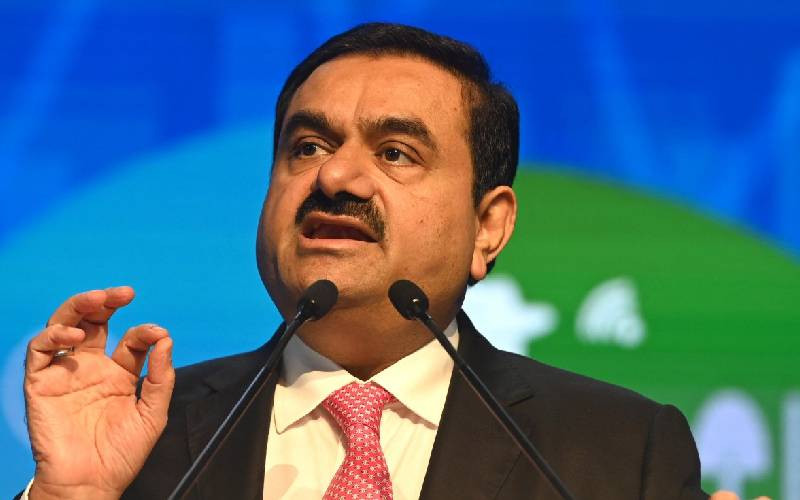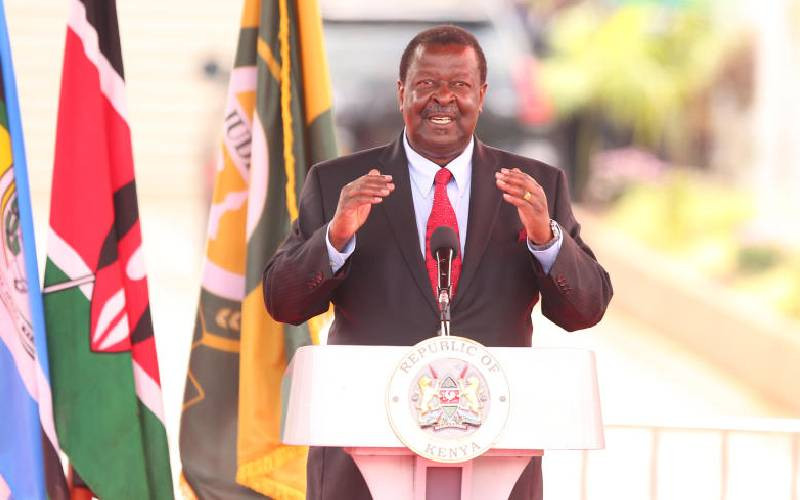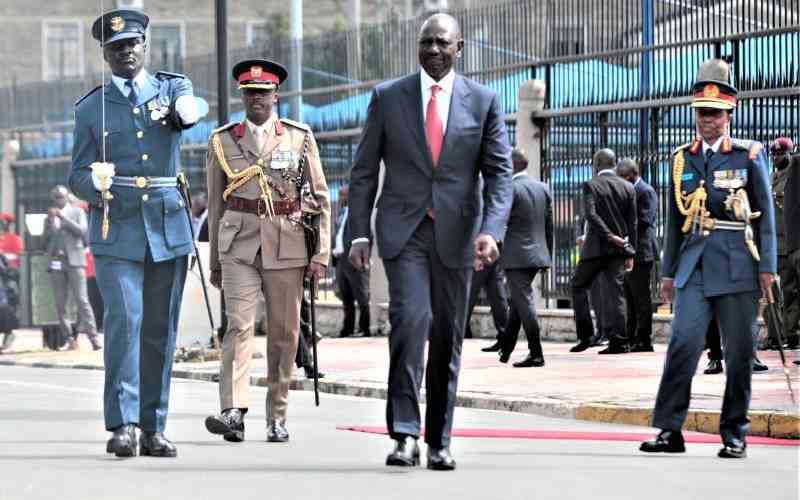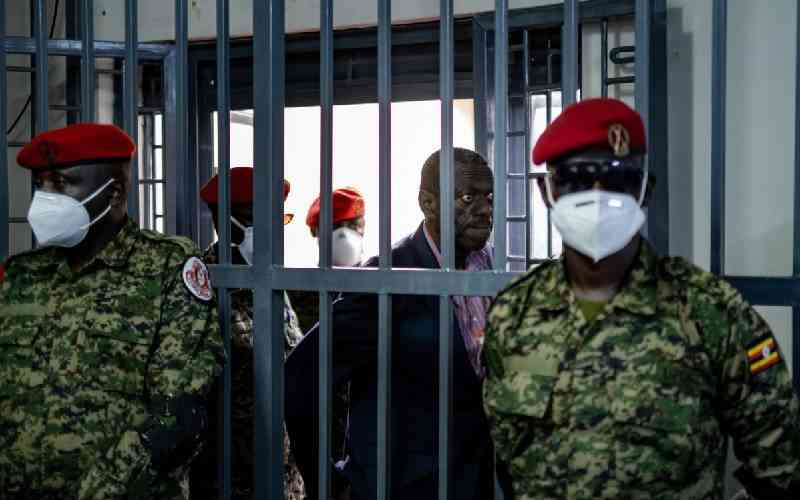
NAIROBI: Kenyans in the diaspora defied the grim state of the global economy sending to their motherland a record $1.6 billion (Sh163 billion) in remittances, says a new World Bank report.
Kenya was among the highest recipients of remittances in 2015. This is a 16.5 per cent increase from 2014’s Sh139 billion ($1.5 billion).
According to the global lender’s Migration and Remittances Fact book 2016 that looked into remittances and immigration, of the World Bank’s 188 member countries, Nigeria which received $20 billion (Sh2.04 trillion) in remittances was the highest recipient in the world.
Ghana was second having received a total of $2billion in remittances while Kenya and Senegal came third with $1.6 billion in remittances each.
“Migrants are now sending earnings back to their families in developing countries at levels above $441 billion, a figure three times the volume of official aid flows to these countries,” Director, Development Indicators Group, Augusto Lopez-Claros, noted in the forward of the report.
He reckons the inflows of cash constitute more than 10 per cent of Gross Domestic Product (GDP) in some 25 developing countries and lead to increased investment in health, education, and small business in various communities.
The World Bank report did not specify from which countries the money came.
It also did not indicate the remittances on a monthly basis as the Central Bank does.
Traditionally, over 80 per cent of the country’s remittances come from North America and Europe. According to the Central Bank of Kenya (CBK), which regularly updates data on diaspora remittances into the country, as of September 15, remittances from North America constituted about 48.2 per cent, while those from Europe comprised 29.1 per cent.
The report also showed that Kenya was among the top 10 remittance senders with an outflow of about $0.2 billion (Sh20.4 billion) in 2015.
As of September, 2015 Kenyans from the Diaspora had sent in about Sh116 billion, according to figures from CBK. The regulator notes that remittance inflows to Kenya in September 2015 increased by 0.9 per cent to $128.4 million compared to $127.4 million recorded in September 2014, but decreased by 3.4 per cent in relation to inflows in August 2015.
Getting data on the recipient for the international bank was challenging. “Without new, adequately representative surveys of recipients and senders, evidence from existing household surveys will only be indicative rather than comprehensively,” read the report in part.
The CBK, for example, tracks remittances sent through formal channels that include commercial banks and other authorised international money remittance service providers, leaving out unrecorded flows through informal channels. The true size of remittances is believed to be larger.
The report’s data on remittances and on the components of remittances are from the IMF Balance of Payments Statistics database (2015) and World Bank data obtained from central banks and statistical offices websites.
Stay informed. Subscribe to our newsletter
 The Standard Group Plc is a
multi-media organization with investments in media platforms spanning newspaper
print operations, television, radio broadcasting, digital and online services. The
Standard Group is recognized as a leading multi-media house in Kenya with a key
influence in matters of national and international interest.
The Standard Group Plc is a
multi-media organization with investments in media platforms spanning newspaper
print operations, television, radio broadcasting, digital and online services. The
Standard Group is recognized as a leading multi-media house in Kenya with a key
influence in matters of national and international interest.
 The Standard Group Plc is a
multi-media organization with investments in media platforms spanning newspaper
print operations, television, radio broadcasting, digital and online services. The
Standard Group is recognized as a leading multi-media house in Kenya with a key
influence in matters of national and international interest.
The Standard Group Plc is a
multi-media organization with investments in media platforms spanning newspaper
print operations, television, radio broadcasting, digital and online services. The
Standard Group is recognized as a leading multi-media house in Kenya with a key
influence in matters of national and international interest.









